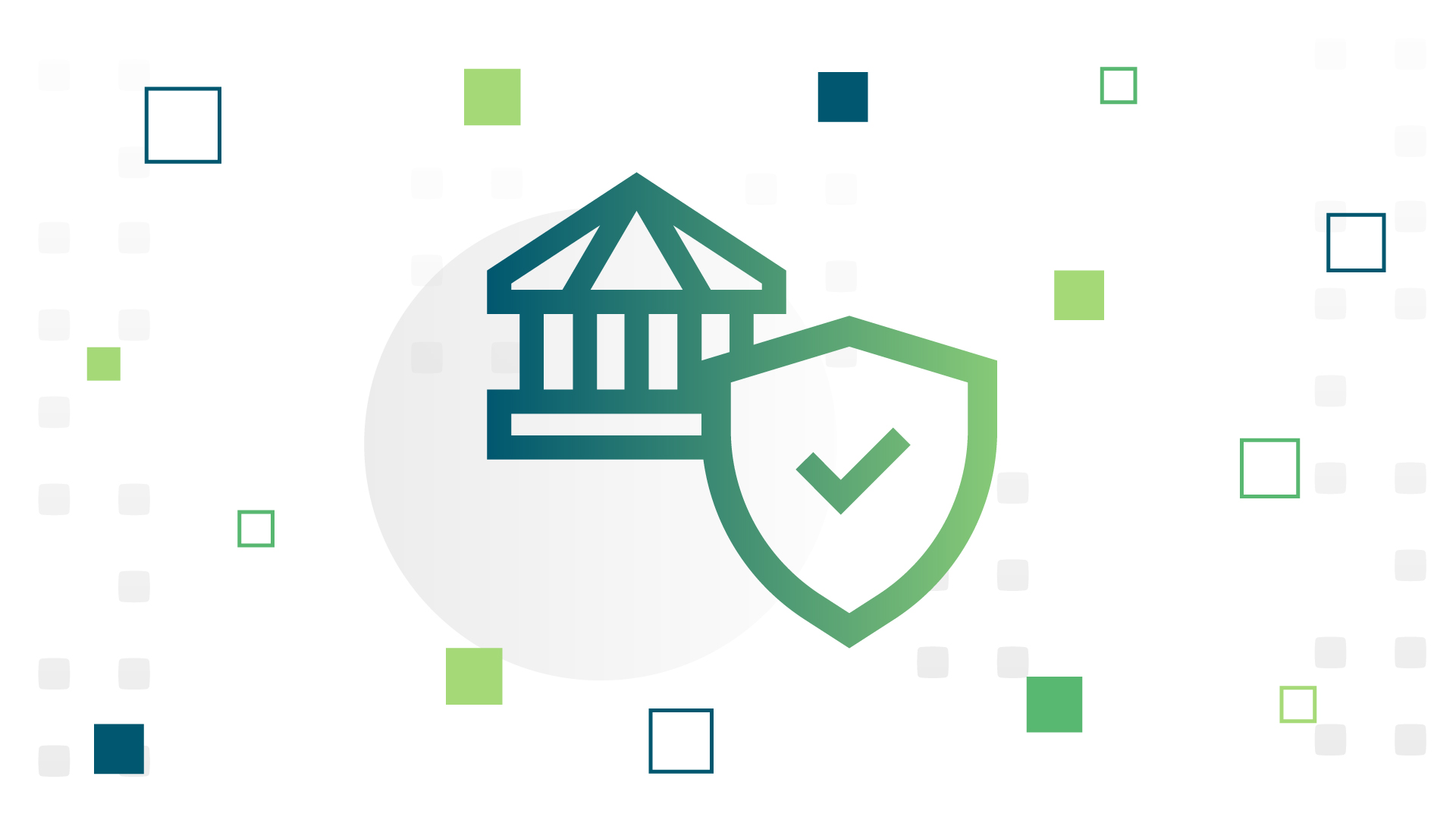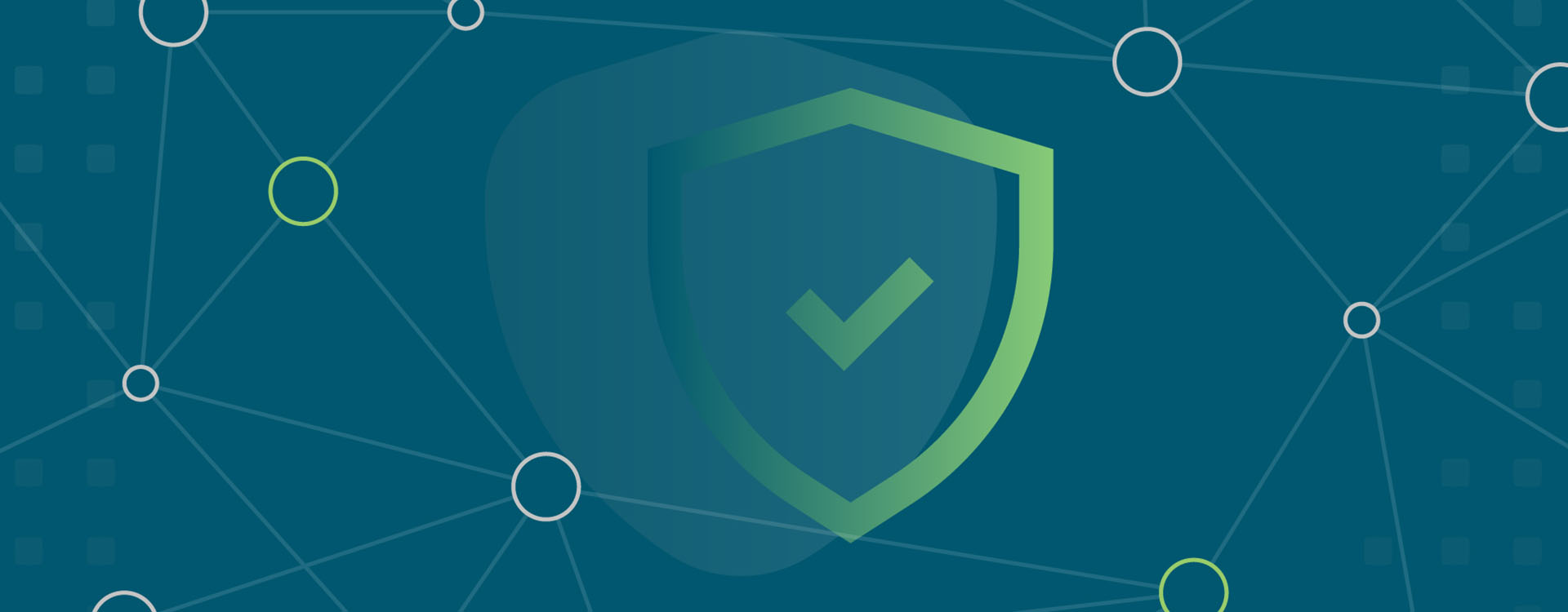According to numbers compiled by Statista, prior to COVID-19, just 17% of U.S. employees worked from home five or more days a week. After the pandemic? The number shot up to 44%.
Chances are, your business was one of those that was forced to flip the switch seemingly overnight. This meant the usual steps you take when making a major organizational change—strategizing, planning out, systematically executing—were thrown out the window in exchange for rapidly enabling a work-from-anywhere workforce.
While it’s understandable that your primary goal during this mad dash was to get remote tools up and running for your teams to be productive, simply letting people work from home is only half the battle.

With remote work trends not returning to their previous numbers any time soon, it’s time to focus on the critical steps that may have been missed in your compressed timeframe.
First and foremost, this means dedicating time and energy on proper data governance. Let’s dive deeper into what it is and how you can put it to work—quickly—in your organization.
What is data governance?
![]() In a nutshell, data governance is a common and agreed-upon set of rules, business approval processes, and security measures for accessing IT resources.
In a nutshell, data governance is a common and agreed-upon set of rules, business approval processes, and security measures for accessing IT resources.
To develop these processes, you need to conduct a thorough assessment of you data and current capabilities, including:
- An exhaustive cataloging of all your data, including what it’s currently being used for and where it is coming from
- An audit of the current data governance and security measures you have in place, if any, in order to identify potential risks
- An assessment of your data storage platforms, whether it’s on premises, in the cloud, or a hybrid solution
- A detailed audit of third parties that may have access to some or all of your data
- A test of your organization’s resiliency and current recovery capabilities, including the expertise you have in place and how long it would take you to get back up and running following a disruption
You can learn more about how the shift to remote work has impacted data governance here. But if you’re ready to dive into how to enact it, keep on reading.
How to create successful data governance
Following this assessment, as you build out your governance plans for remote work, your guiding light needs to be enacting security at the cloud or on-premises level rather than on individual machines.

In this stage, your four areas of focus should be:
![]() 1. Leveraging virtual desktops and user profiles for access to data and applications instead of allowing data to be stored on individual machines
1. Leveraging virtual desktops and user profiles for access to data and applications instead of allowing data to be stored on individual machines
![]() 2. Centralizing your governance and security protocols, including a dedicated security operations team that proactively tests for vulnerabilities and constantly monitors the following of governance throughout your organization
2. Centralizing your governance and security protocols, including a dedicated security operations team that proactively tests for vulnerabilities and constantly monitors the following of governance throughout your organization
![]() 3. Automating as much of your governance and security processes as possible, such as continual governance audits, reporting on compliance, backups and disaster recovery, and key management
3. Automating as much of your governance and security processes as possible, such as continual governance audits, reporting on compliance, backups and disaster recovery, and key management
![]() 4. Adopting the right security tools that reinforce your governance while still allowing proper access to data
4. Adopting the right security tools that reinforce your governance while still allowing proper access to data
Our favorite data governance tools
Of course, no governance plan is solid without the security measures in place to back the governance up, which is why it’s critical for you to utilize tools that both create an environment where data is accessible while ensuring breaches are minimal.
Tools we often recommend include:
- Data encryption in transit and at rest, ensuring access control
- Data lifecycle management providing automated deletion of data that is no longer useful or has been ordered to be destroyed by a customer
- Leverage tokenization to mask specific segments of data, such as credit card numbers, to protect sensitive information
- Distributed automated backups to provide resilience should a breach occur
- Validation of governance by compliance audit tools
- Cloud platform-specific account management that leverages centralized cloud management and deployment tools
By leveraging these types of security features, you will be in a much better position to actually enforce your measures without relying on your dispersed teams to always follow proper governance practices.
At the end of the day …
Every sound data protection plan assumes that breaches are a matter of when and not if—including plans centered around enabling remote work.
By applying proper governance at the on-premises or cloud level rather than relying on the security of individual machines, your business can go a long way toward ensuring your data is safe and only accessible to the right parties no matter where, or how, your team works.
To learn more about steps you can take to keep your data safe even when your employees are spread far and wide, check out our Workplace Modernization page.
Get Your FREE Workplace Modernization Playbook.
Learn how to adopt new technologies that make your organization more nimble and efficient.
Categories
- Cloud Migration and Adoption
- Enterprise IT and Infrastructure
- Artificial Intelligence and Machine Learning
- Data Management and Analytics
- DevOps and Automation
- Cybersecurity and Compliance
- Application Modernization and Optimization
- Featured
- Managed Services & Cloud Cost Optimization
- News
- Workplace Modernization
- Tech We Like
- AWS
- Social Good News
- Cost Optimization
- Hybrid Cloud Strategy
- NVIDIA
- Application Development
- GPU



